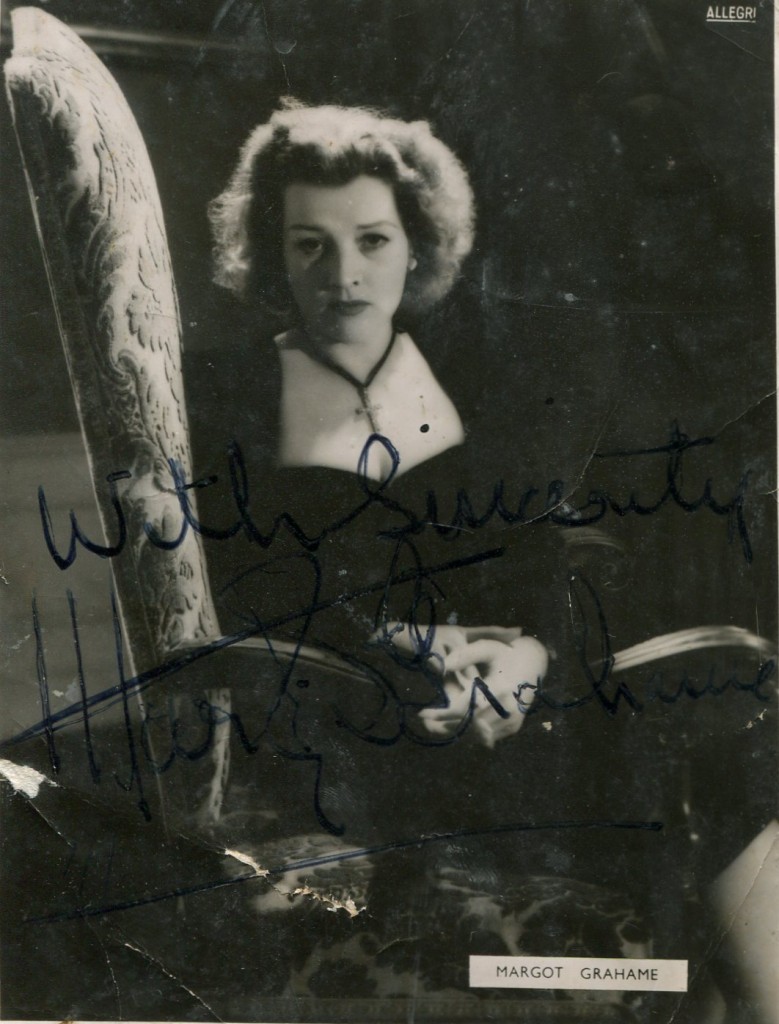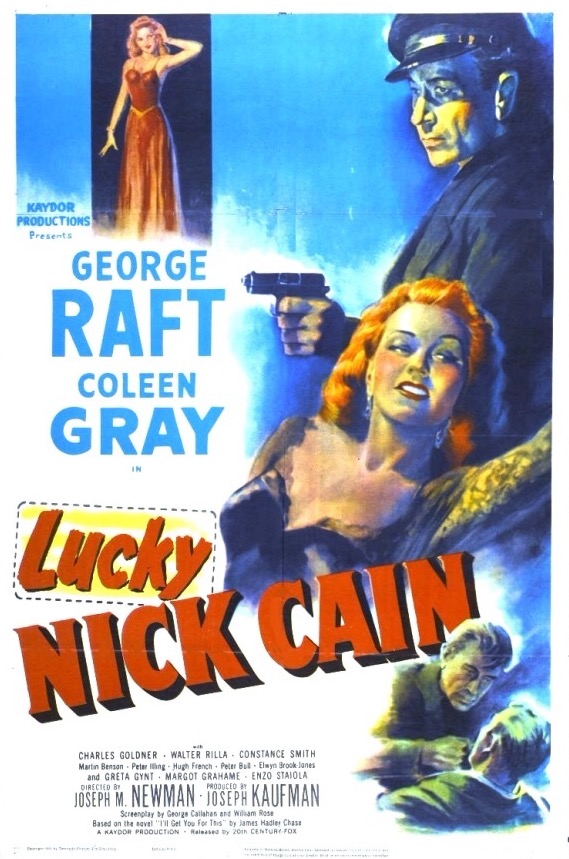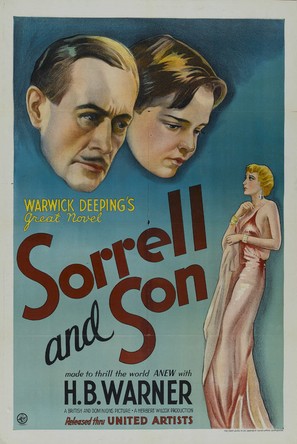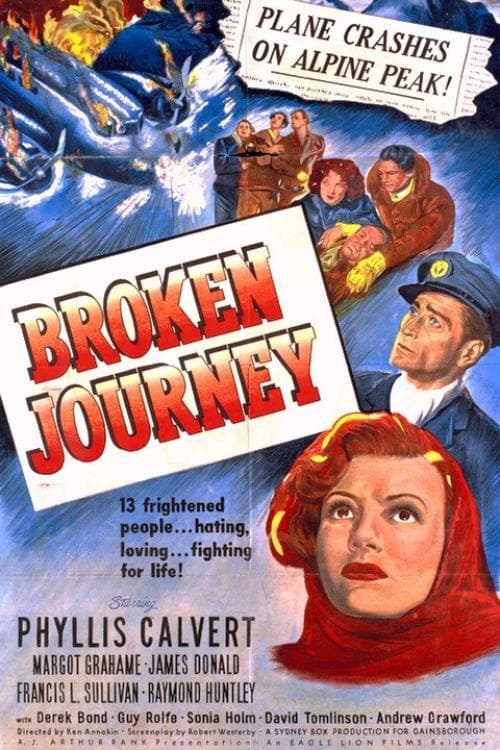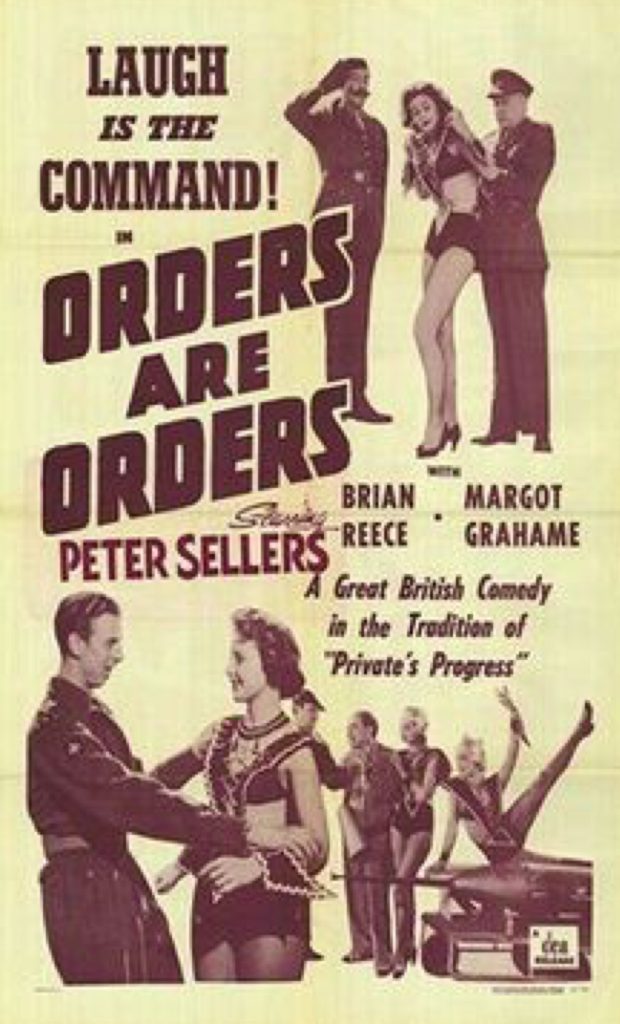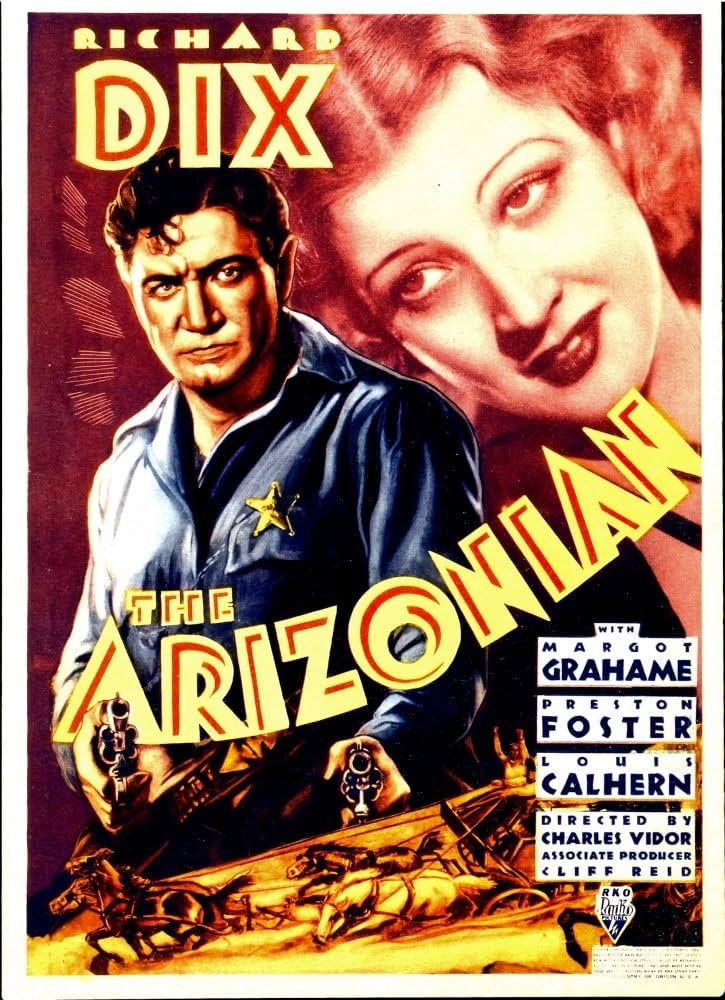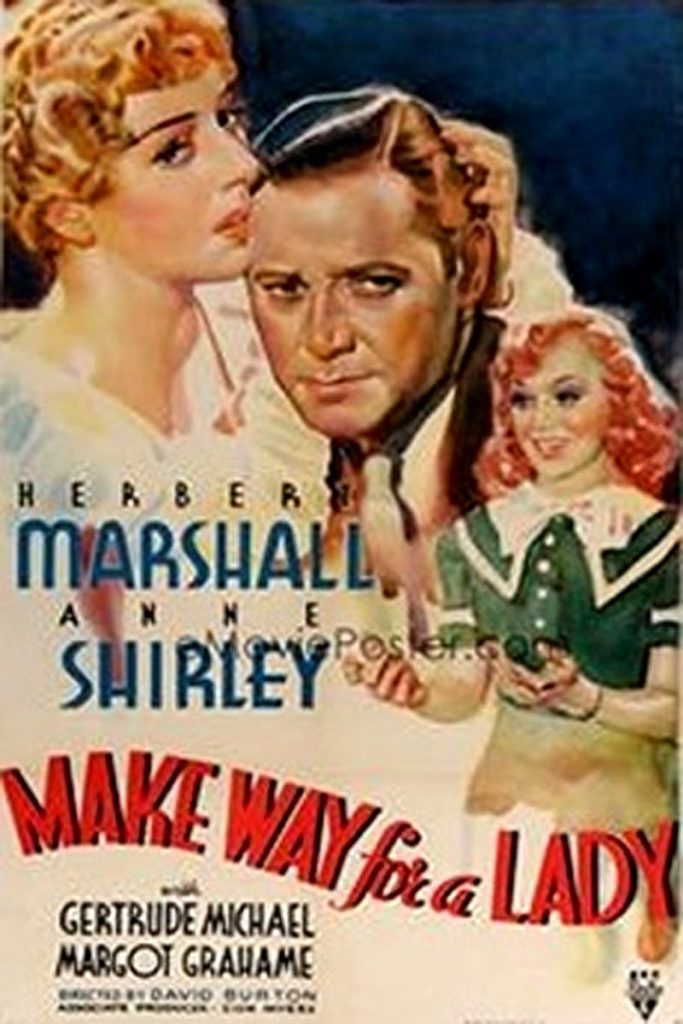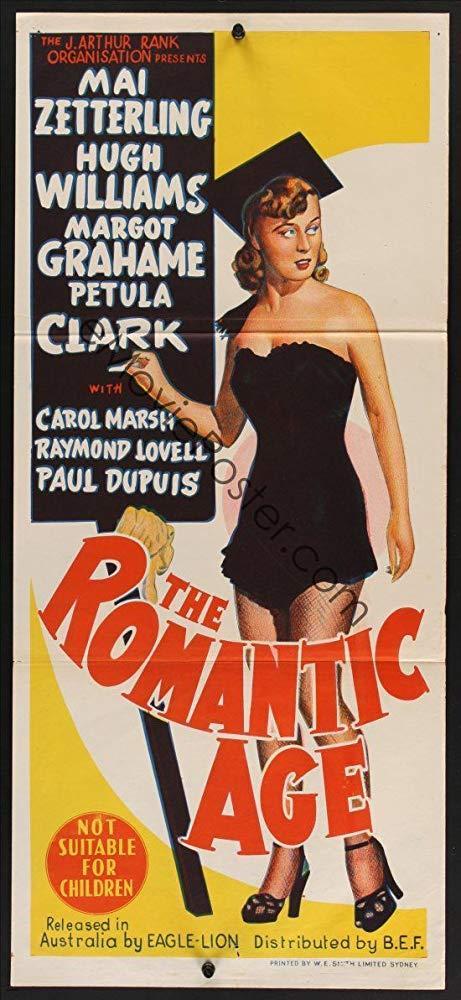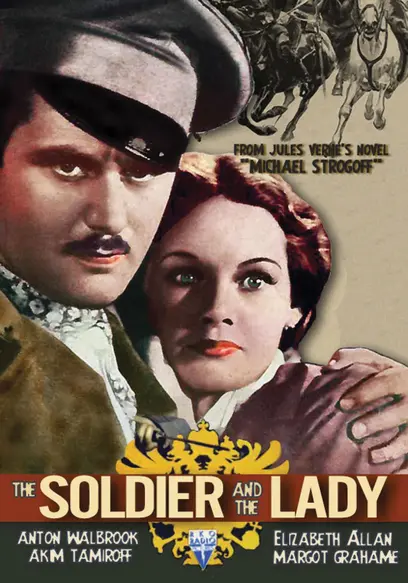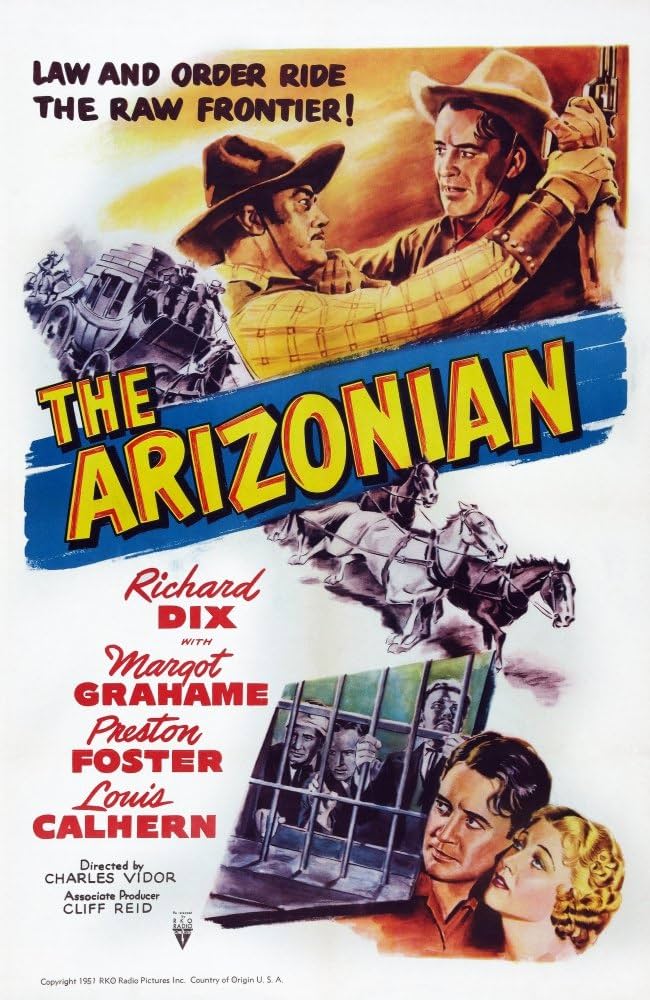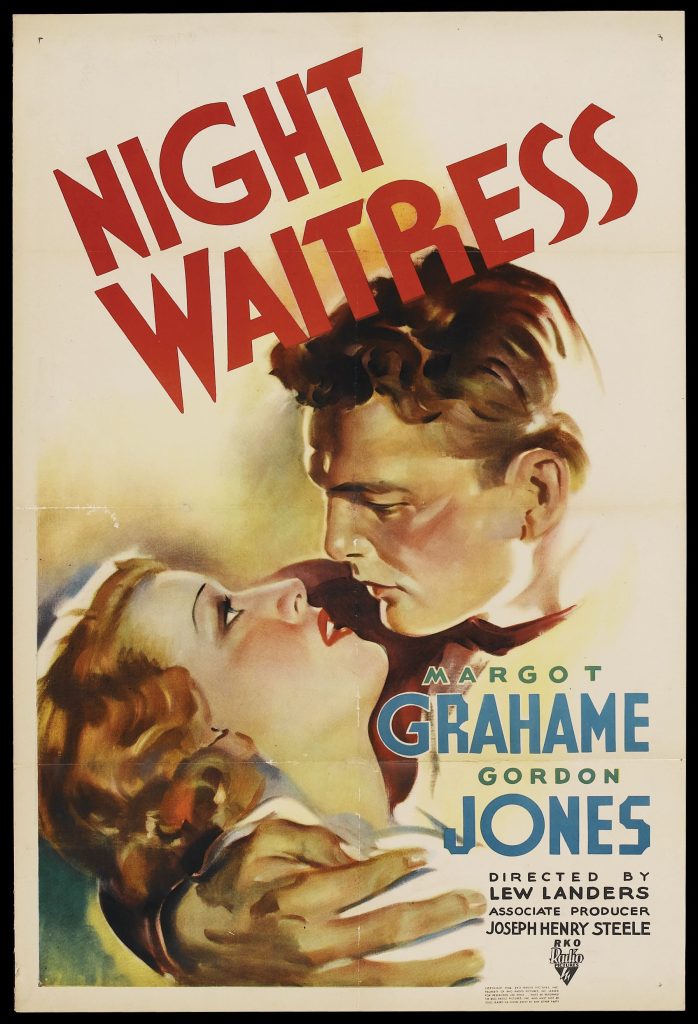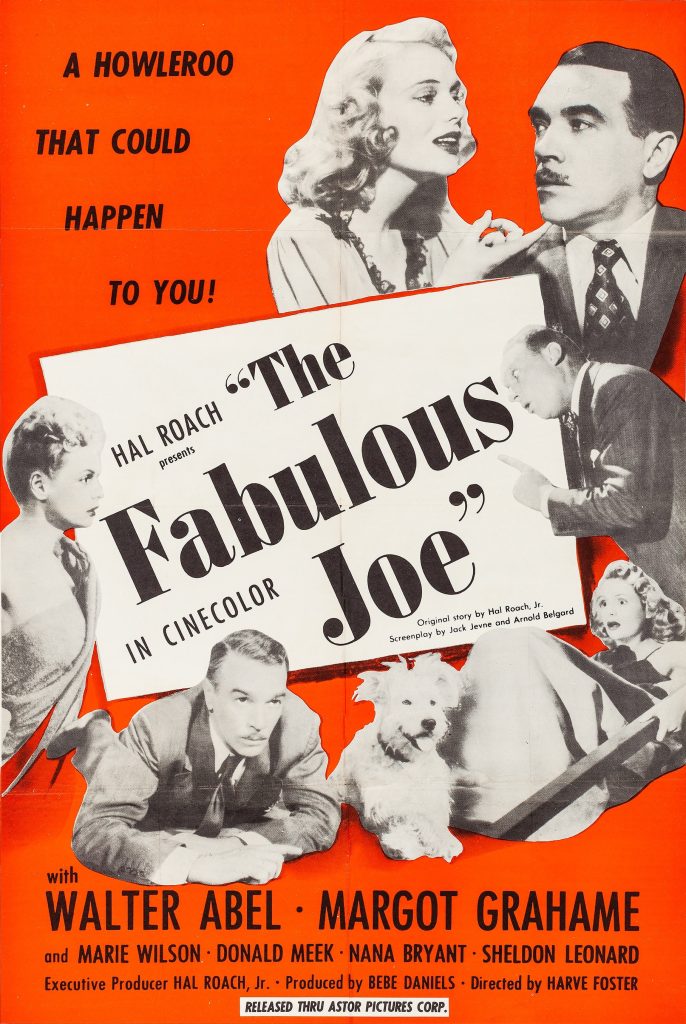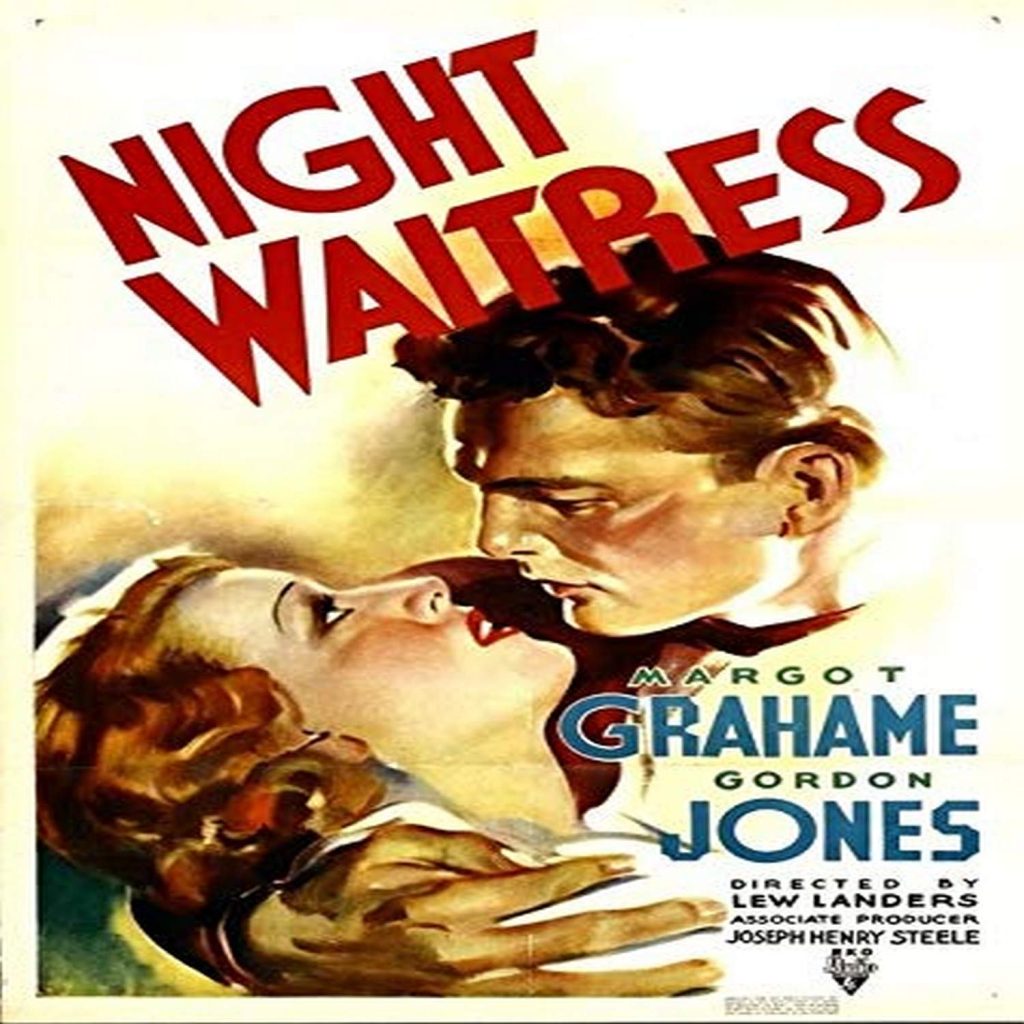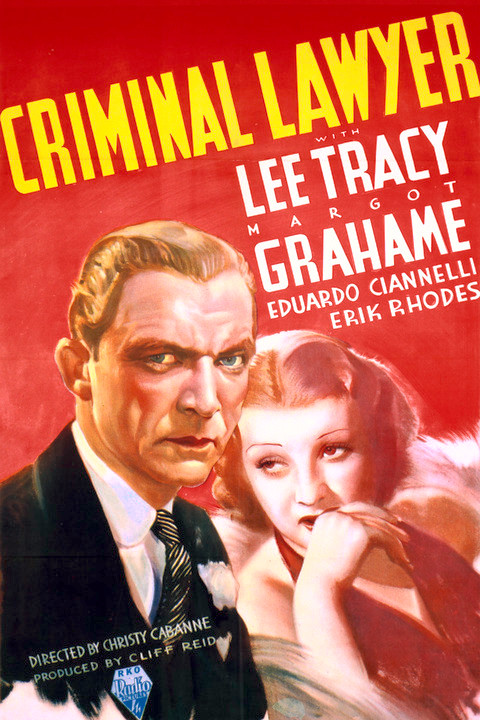Barbara Stanwyck was a dazzling study in contrasts. At times sultry and sweet; vulnerable and tough; comedic and dramatic; joyous and tragic – she simply was one of the greatest and most unique actresses during Hollywood’s Golden Era. She could play whatever the part required, whether it was madcap glamour in comedies like “The Lady Eve” (1941), tough-minded feminism in weepies like “Stella Dallas” (1937), or poisonous vixens in noir classics like “Double Indemnity” (1944). A working-class girl from Brooklyn, she became one of the richest women in the United States due to wise investments. On a personal level, she was wildly popular among her peers, yet died a virtual recluse. Most astounding of all, she gave some of the most unforgettable performances in film history, yet never won an Academy Award for her work. Like many an aging glamour girl, she moved reluctantly into TV in the 1950s and 1960s when her movie career declined, but became an even bigger star than she had been before. Barbara Stanwyck – an American original and the true essence of the word “dame” – like no other actress of her generation enjoyed a long, varied career in film and television while remaining beloved by her millions of fans.
Barbara Stanwyck was born Ruby Stevens on July 16, 1907, in Brooklyn, NY. She endured a rough-and-tumble childhood befitting the fierce heroines she would later play on screen. When Stanwyck was two, her mother died after being pushed from a moving trolley by a drunk. Her father was more interested in drinking and womanizing than raising his children and abandoned his brood to work on the Panama Canal. He was never heard from again. Sadly, neighbors put Ruby and her brothers and sisters into foster homes. It was a grim existence, but even at a young age, Stanwyck did not indulge in self-pity. Between the ages of 11 and 13, she learned to dance while living with her older sister Millie, a showgirl. She bounced in-and-out of school while working at a variety of low-level jobs, but had caught the performing bug from those early dance lessons and just knew her destiny was to be a star. The problem was how to be a star while broke and struggling in Brooklyn.
The gutsy perseverance embodied by the characters she would one day play came into focus for real while Stanwyck auditioned for Broadway shows. She was short, skinny and not conventionally pretty, but she was also unstoppable. Her grit got her on the chorus line of a few Broadway shows, but her ambition pushed her to center stage. The great Broadway producer David Belasco took notice of her, changed her name to “Barbara Stanwyck,” and cast her in his play, “The Noose.” The play was a smash hit and Stanwyck – just 20 years old – was now a stage star. She headlined another hit play, “Burlesk,” which attracted the attention of a film producer. Not long after, she won the small part of a fan dancer in the silent movie “Broadway Nights” (1927), and while the role and the film were not memorable, the experience in front of a camera was. Stanwyck and her new husband, actor Frank Fay, left New York for Hollywood to try their luck in motion pictures.
Stanwyck’s movie career caught fire as soon as she stepped into the hot Los Angeles sunshine. She won leads in the “The Locked Door” (1929) and “Mexicali Rose” (1929) and never looked back. From the beginning of her film career, she established the Stanwyck template: bright, beautiful, and ballsy – all on her own terms. Her powerful presence in those early films thrust her into her first “A” picture, “Ladies of Leisure” (1930). Directed by the up-and-coming Frank Capra and based on a play by her old friend David Belasco, Stanwyck shined as a “party girl” hired by a wealthy artist to be his model. The movie was a hit and Stanwyck established herself as someone to be reckoned with both on and off screen.
As the 1930s progressed and Americans struggled with the economic hardships of the Great Depression, Stanwyck became a potent symbol of the underdog who could triumph over any circumstances. In movies like “Ten Cents a Dance” (1931), “The Miracle Woman” (1931), and “Shopworn” (1932), she played variations on the good girl from the wrong side of the tracks who must overcome social prejudice and economic adversity to realize her dreams of love and prosperity. It was an old formula but Stanwyck’s aggressive and witty approach breathed new life into it.
Stanwyck’s career raced forward with vehicles tailored to her inimitable mix of attitude and allure. She usually made three to four pictures a year and earned a reputation as one of the hardest working women in Hollywood. Her marriage to Fay crumbled as she became a rising star and he became an unemployed drunk. Perhaps this additional emotional pain brought even more poignancy to the succession of parts she played. “The Bitter Tea of General Yen” (1933) showcased the actress as a self-sacrificing missionary’s wife during the Chinese Civil War. “The Woman in Red” (1935) featured her as a poor but noble woman who rides show horses for wealthy snobs intent on ruining her marriage to a once-wealthy polo player. “Annie Oakley” (1935) saw Stanwyck playing the eponymous sharp shooter who finds love and fame as the star of Buffalo Bill’s “Wild West Show.” The movies were not always first rate, but nobody quibbled with Stanwyck’s performances.
Stanwyck’s star rose steadily through the 1930s, but it took her blockbuster turn in the romantic drama “Stella Dallas” (1937) to put her in the elite of Hollywood’s actresses – on par with Joan Crawford, Bette Davis, and Carole Lombard. Although based on a novel, the film seemed crafted to play to Stanwyck’s strengths. In the title role of a working-class woman who marries and has a child with a well-born but destitute man, Stanwyck once again revisited her underdog persona. But the movie’s power sprung from the self-sacrifice that Stella makes for her beloved daughter after the marriage breaks up. Choosing to give up her child so that she can lead a better life among the wealthy and privileged, Stanwyck’s powerful performance earned her an Academy Award nomination – no doubt helped by the classic scene of her standing outside her daughter’s window, crying as she watches her join her new family.
For the first of several times, Stanwyck lost out on the Oscar but kept winning great parts. A tireless worker, she churned out movies at a steady pace. “The Mad Miss Manton” (1938) allowed her to switch gears and play a wacky debutante rather than her usual plucky pauper. It also teamed her with Henry Fonda, who would soon co-star with Stanwyck in the classic screwball comedy “The Lady Eve.” “Golden Boy” (1939) featured Stanwyck playing a cunning boxing promoter’s wife who supports the career of a young fighter, played by newcomer William Holden. In reality, Stanwyck grew especially close to the young actor, helping to promote his career. She fought hard on Holden’s behalf when the studio wanted to replace him, and the movie’s subsequent success turned Holden into a star. It also earned him the nickname “Golden Boy,” which Stanwyck would refer to him thereafter, until his untimely death in 1981. For his part, Holden was so grateful to the actress for fighting for him that he reportedly sent her flowers every year on the anniversary of the first day of filming.
Stanwyck slowed down her busy career long enough to marry the impossibly handsome actor Robert Taylor in 1939. Cynics whispered that it was an arranged marriage to quell rumors that both of them were gay. She treated these rumors with her characteristic fortitude, plowing headfirst into some of the most creatively brilliant work of her life. The year 1941 may have been a bad year for America as the country staggered into World War II, but it was a great year for Stanwyck. She starred in four movies – three of which became instant classics, including “The Lady Eve,” “Meet John Doe” (1941), and “Ball of Fire” (1941).
In “The Lady Eve” Stanwyck played a con artist who seduces the wealthy but unsophisticated Henry Fonda. After a misunderstanding causes them to split, she impersonates a wealthy English aristocrat to get back at him. The comedy’s absurd premise remains grounded in reality, thanks to Stanwyck, who demands the audience’s sympathy despite her scheming. The tiny, quirky-looking, and aggressive Stanwyck was more than a match for the tall, pretty and passive Fonda, and despite not earning an Academy Award nomination, Stanwyck’s work in “The Lady Eve” ranks as perhaps her greatest comedic performance of them all.
“Meet John Doe” paired Stanwyck with yet another ridiculously tall, good looking leading man in Gary Cooper. They could not have been more different. Cooper was 6’3,” came from Montana, and spoke – when he spoke at all – in the quiet, flat tones of the upper Plains. Stanwyck was 5’3,” came from Brooklyn, and never lost the clipped cadences of her native New York. Director Frank Capra took full advantage of his stars’ contrasts by letting their natural personalities and differences play out on screen. Stanwyck, in the role of a reporter who must scramble to save her reputation after printing a fake letter by an imagined “John Doe,” again won audience sympathy through the engaging forces of her personality and intelligence.
“Ball of Fire” featured Stanwyck and Cooper again, but this time in a lighter comedy than the socially pointed “Meet John Doe.” Stanwyck was in her familiar element, playing another girl from the wrong side of the tracks; this time, a wisecracking nightclub singer on the lam from the mob. Cooper did a variation on the Henry Fonda role in “The Lady Eve,” lending his charm to the role of a naïve professor researching American slang. Sparks fly between Stanwyck and Cooper, with each teaching the other a thing or two about their disparate worlds before falling in love. Under Howard Hawks’ crisp direction, the screwball premise crackled with pitch perfect comedy and romance, leaving Stanwyck with yet another hit on her hands. She also earned her second Academy Award nomination for her work in the film.
To this point, Stanwyck had proved she could play comedy, drama – even melodrama. But with “Double Indemnity” (1944), she upped the ante, proving in a platinum wig and seductive satin heels that she could play Fred MacMurray – play him for a sap, that is. One of the greatest film noir thrillers of all time, “Double Indemnity” was directed and adapted by Billy Wilder with Raymond Chandler from the James M. Cain novel. A wicked waltz danced by a scheming femme fatale and crooked insurance salesman, Stanwyck seduces MacMurray before convincing him to kill her husband to collect on his life insurance. Multiple double-crosses follow, as the couple’s plan begins to unravel. Stanwyck’s performance – packed with treachery, seduction and venom – earned her a third Academy Award nomination. And yet again, she was overlooked, losing out to Ingrid Bergman for “Gaslight” (1944).
“Double Indemnity” represented the high-water mark of Stanwyck’s cinema career. She continued acting in movies for another dozen years but none of the movies approached the searing brilliance of her earlier films. “Sorry, Wrong Number” (1948) was a fine thriller and garnered Stanwyck her final Academy Award nomination, but it did not leave an indelible mark on film culture as “Double Indemnity” did. As she aged and the movie roles became less interesting, Stanwyck turned her inestimable talents to television. “The Barbara Stanwyck Show” (NBC, 1960) lasted only one season but earned its star an Emmy Award. Stanwyck’s marriage to Robert Taylor had ended in divorce in 1951, but she kept the ranch and horses they had shared. This kept her in prime riding shape to handle a host of guest appearances on Western shows like “Wagon Train” (NBC, 1957-1962; ABC, 1962-65). Finally, with the Western series “The Big Valley” (ABC, 1965-69), Stanwyck landed a long-running prime time hit that kept her busy and made her a fortune. She also won another Emmy Award for the role, playing the matriarch of a large family in central California.
The aging Stanwyck’s final professional triumphs were all on TV, including another Emmy Award for her work in the phenomenally successful miniseries “The Thorn Birds” (ABC, 1983) in which she played Mary Carson, the hard-as-nails owner of a ranch in Australia’s outback who lusts after her local priest (Richard Chamberlain). In fact, her porch scene with a naked and decades-younger Chamberlain became the final classic in her canon of memorable onscreen moments. Mustering up the youthful lust she feels for Chamberlain, but cursing out the old body she is trapped inside, it was an Emmy-worthy scene. After “The Thorn Birds,” she lent her class and grace to the primetime soap operas “Dynasty” (ABC, 1981-89) and its spin-off “The Colbys” (ABC, 1985-87), but after a lifetime of hard work she was growing tired of the grind.
A robbery at Stanwyck’s home precipitated her withdrawing from public view, although she continued to be active with charity work. Both on and off screen, she had seemed a fierce, invulnerable presence, able to conquer any man or circumstance. In real life, her heavy smoking habit and relentless working schedule finally caught up with her. She died from congestive heart failure and emphysema on Jan. 20, 1990, leaving behind an impressive body of work and a unique personality indelibly captured for all time on the silver screen.
The above TCM overview can also be accessed online
here. 































































